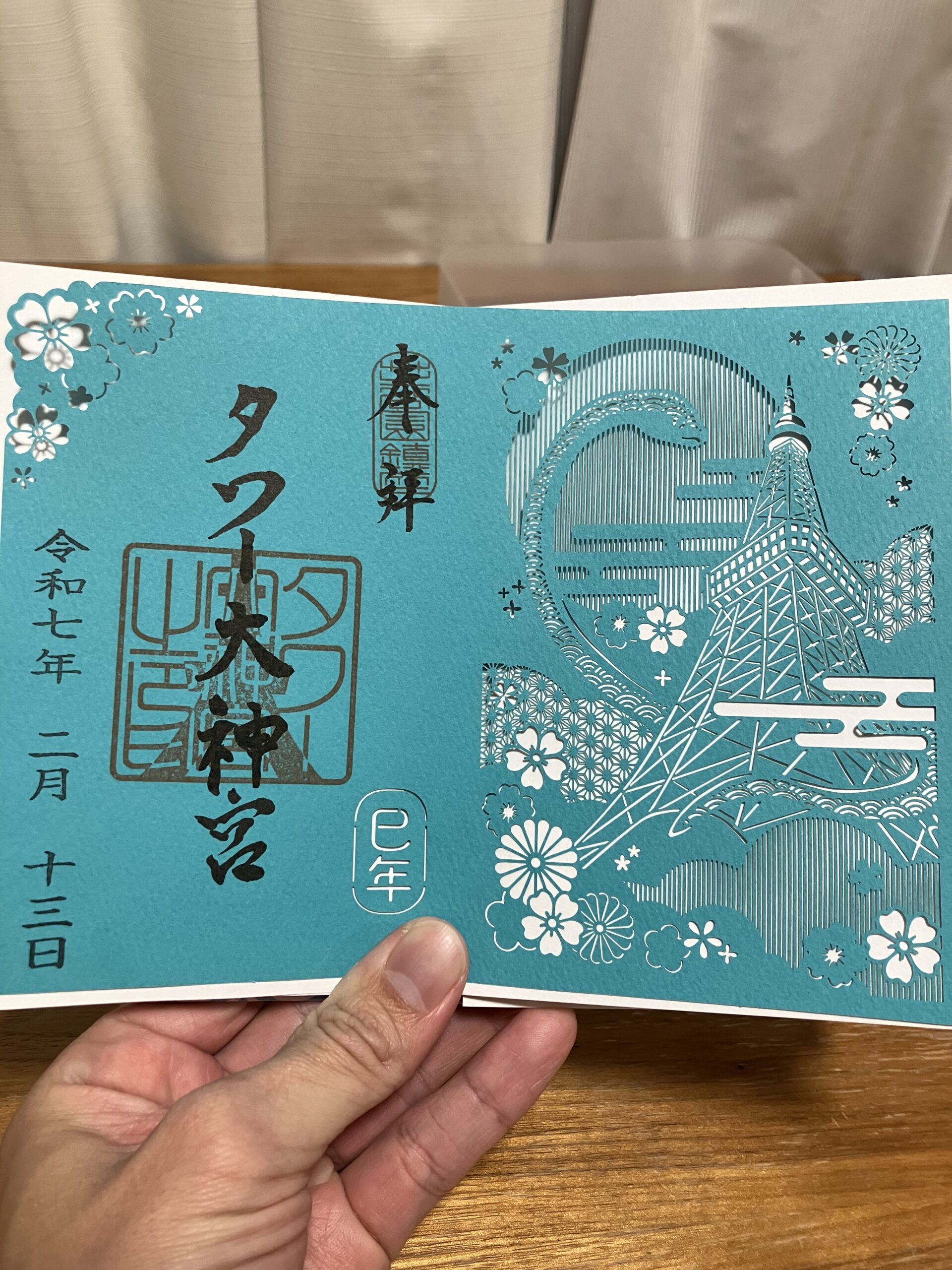A Symbol of Japan’s Post-War Rebirth
Tokyo Tower is more than just a landmark; it represents Japan’s post-war recovery and modernization. Built in 1958, this striking red and white tower was inspired by the Eiffel Tower but stands taller at 333 meters. Its construction symbolized Japan’s economic resurgence, and today, it remains a beloved symbol of Tokyo.
For over six decades, Tokyo Tower has been a beacon of progress, broadcasting TV and radio signals while welcoming millions of visitors each year. Its significance goes beyond functionality—it embodies Tokyo’s vibrant energy and forward-looking spirit.
Architectural Marvel Inspired by the Eiffel Tower
Tokyo Tower’s design is both functional and artistic. Modeled after the Eiffel Tower, it features a lattice framework made of steel, giving it strength and elegance. However, it surpasses its Parisian counterpart in height, making it the world’s tallest self-supporting steel tower at the time of its completion.
Its bright red and white colors are not just for aesthetics—they comply with aviation safety regulations. At night, the tower transforms with stunning illuminations, offering seasonal themes like warm orange lighting in winter and dazzling rainbow lights during special occasions.
Panoramic Views from the Main and Top Decks
One of Tokyo Tower’s main attractions is its breathtaking observation decks. Visitors can enjoy spectacular views of Tokyo’s skyline, and on clear days, even catch a glimpse of Mount Fuji.
• Main Deck (150m) – This spacious observatory offers 360-degree views of the city, interactive displays, and a glass floor section for a thrilling experience.
• Top Deck (250m) – A premium experience with futuristic décor and guided tours, providing an unforgettable aerial perspective of Tokyo.
At night, the city sparkles below, making it one of the most romantic spots in Tokyo. Whether visiting in the morning for a clear skyline or at night for a dazzling cityscape, the view from Tokyo Tower is always unforgettable.
Tokyo Tower’s Rich History and Significance
Construction and Inauguration in 1958
Built in just 18 months, Tokyo Tower was a symbol of Japan’s rapid technological advancement. Over 4,000 tons of steel, much of it recycled from old U.S. military tanks, were used to create this engineering masterpiece. It officially opened in December 1958 and quickly became a cultural icon.
Role as a Broadcasting Tower and Tourist Attraction
Originally built for broadcasting, Tokyo Tower has played a crucial role in delivering television and radio signals across the region. Although Tokyo Skytree has taken over as the primary broadcast tower, Tokyo Tower continues to function as a backup and remains a top tourist attraction.
Beyond its practical use, the tower has been featured in countless films, anime, and TV dramas, reinforcing its status as a symbol of Tokyo.
Cultural Events and Seasonal Illuminations
Tokyo Tower hosts various events throughout the year, including:
• Cherry Blossom Season (March-April) – Enjoy breathtaking views of sakura trees in nearby Shiba Park.
• Christmas & New Year Illuminations – The tower glows with festive lights, creating a magical winter atmosphere.
• Tanabata & Summer Light Shows – Special colorful illuminations celebrating Japanese traditions.
These events make every visit unique, ensuring that no two trips to Tokyo Tower are ever the same.
Visitor Information and Nearby Attractions
Access: How to Reach Tokyo Tower
Tokyo Tower is easily accessible from multiple train stations:
• Akabanebashi Station (Toei Oedo Line) – 5-minute walk
• Kamiyacho Station (Hibiya Line) – 7-minute walk
• Onarimon Station (Mita Line) – 6-minute walk
• Daimon Station (Asakusa Line/Oedo Line) – 10-minute walk
For those traveling by taxi, Tokyo Tower is just a short ride from major areas like Roppongi, Shibuya, and Tokyo Station.
Operating Hours, Admission Fees, and Facilities
• Hours: 9:00 AM – 10:30 PM (last entry at 10:00 PM)
• Main Deck (150m) Ticket: ¥1,200 (adults), ¥700 (children)
• Top Deck Tour (250m) Ticket: ¥3,000 (adults), ¥2,000 (children)
• Facilities: Restaurants, souvenir shops, and even a One Piece-themed amusement area for anime fans
Exploring Zojoji Temple and Shiba Park Nearby
A visit to Tokyo Tower isn’t complete without exploring nearby attractions:
• Zojoji Temple – A historic Buddhist temple with deep connections to the Tokugawa Shogunate. The contrast of the temple’s ancient architecture with Tokyo Tower’s modern structure makes for a stunning photo spot.
• Shiba Park – A peaceful park perfect for a stroll, picnic, or cherry blossom viewing in spring.
With its breathtaking views, rich history, and vibrant cultural events, Tokyo Tower is an unmissable experience in Tokyo. Whether you’re a first-time visitor or a returning traveler, this legendary landmark never fails to impress.





コメント